World War II was still raging when a cheeky young industrial designer was commissioned to work on an all new passenger car program for Willys. However, long-time Ford manufacturing guru Charles Sorensen was appointed President of Willys and cancelled the project. Sorensen explained to designer Brooks Stevens that Willys had no body facility of its own and, all of the major body builders were working to capacity and had no room—or need—for tiny Willys. But Charlie Sorensen had an ace up his sleeve. He informed Stevens that whatever car the company did build had to have its body panels pressed on presses designed for washing machine production. That meant that the designer was limited to panels that had no more than six inches of depth. And, two more things: The new vehicles had to reflect on the company’s expertise in building jeeps and could Stevens show some sketches before he left Toledo? According to historian Kit Foster, Stevens rolled up his sleeves and sat down to draw out the new Willys line. “From his able pencil came the Willys station wagon and panel delivery wagon as well as a pickup truck, all with slab-sided styling that Sorensen’s appliance factory could stamp out with ease.” But, as Foster continued, “Stevens couldn’t help but sneak in a sketch of a low-slung, two door sports convertible.” That last act of whimsy would evolve into the Willys Jeepster. The wagon reached production in 1946, with the pick-up and panel trucks arriving the following year. Steven’s sporty-looking Jeepster was on the market for 1948. The chassis measured 104-inch from axle to axle and featured independent front suspension, live rear axle and drum brakes all around. Initially, the only power unit was the combat-proven L-head “Go-Devil” inline four, which displaced 134.2 inches and generated a modest 63 horsepower. Power reached the rear wheels by way of a column-shift three-speed manual transmission with optional overdrive. All Jeepsters were offered with the phaeton body, which featured two doors and seated four. Weather equipment included a folding top and removable side curtains. Although not a sports car, the Jeepster was a sturdy workhorse that could also be a lot of fun. Its interior was positively spartan, but it was handsome and it was absolutely unique on those post-war roads. In June 1949, the Jeepster’s four-banger was joined by Willys’ 148.5 cid six-cylinder engine rated at 72 horsepower. For 1950 there were modest styling changes and both engines were updated as well. The four was good for 72 horsepower and the six was up to 75. Of the 5,845 Jeepsters built for 1950, 1,779 left Toledo with the smooth six and the yellow Model 6-73 on offer is one of them. In approximately 1980, this virtually rust-free Jeepster was fully restored with new paint, wiring, top, chrome and tires. The interior is believed to be original and this charming Jeepster retains its rare overdrive transmission and six-cylinder engine. Thanks to freshened mechanicals, this excellent example of Brooks Stevens’ design ingenuity is ready for virtually any kind of local or long-distance enjoyment—complete with entertainment from the fully-restored original radio.
World War II was still raging when a cheeky young industrial designer was commissioned to work on an all new passenger car program for Willys. However, long-time Ford manufacturing guru Charles Sorensen was appointed President of Willys and cancelled the project. Sorensen explained to designer Brooks Stevens that Willys had no body facility of its own and, all of the major body builders were working to capacity and had no room—or need—for tiny Willys. But Charlie Sorensen had an ace up his sleeve. He informed Stevens that whatever car the company did build had to have its body panels pressed on presses designed for washing machine production. That meant that the designer was limited to panels that had no more than six inches of depth. And, two more things: The new vehicles had to reflect on the company’s expertise in building jeeps and could Stevens show some sketches before he left Toledo? According to historian Kit Foster, Stevens rolled up his sleeves and sat down to draw out the new Willys line. “From his able pencil came the Willys station wagon and panel delivery wagon as well as a pickup truck, all with slab-sided styling that Sorensen’s appliance factory could stamp out with ease.” But, as Foster continued, “Stevens couldn’t help but sneak in a sketch of a low-slung, two door sports convertible.” That last act of whimsy would evolve into the Willys Jeepster. The wagon reached production in 1946, with the pick-up and panel trucks arriving the following year. Steven’s sporty-looking Jeepster was on the market for 1948. The chassis measured 104-inch from axle to axle and featured independent front suspension, live rear axle and drum brakes all around. Initially, the only power unit was the combat-proven L-head “Go-Devil” inline four, which displaced 134.2 inches and generated a modest 63 horsepower. Power reached the rear wheels by way of a column-shift three-speed manual transmission with optional overdrive. All Jeepsters were offered with the phaeton body, which featured two doors and seated four. Weather equipment included a folding top and removable side curtains. Although not a sports car, the Jeepster was a sturdy workhorse that could also be a lot of fun. Its interior was positively spartan, but it was handsome and it was absolutely unique on those post-war roads. In June 1949, the Jeepster’s four-banger was joined by Willys’ 148.5 cid six-cylinder engine rated at 72 horsepower. For 1950 there were modest styling changes and both engines were updated as well. The four was good for 72 horsepower and the six was up to 75. Of the 5,845 Jeepsters built for 1950, 1,779 left Toledo with the smooth six and the yellow Model 6-73 on offer is one of them. In approximately 1980, this virtually rust-free Jeepster was fully restored with new paint, wiring, top, chrome and tires. The interior is believed to be original and this charming Jeepster retains its rare overdrive transmission and six-cylinder engine. Thanks to freshened mechanicals, this excellent example of Brooks Stevens’ design ingenuity is ready for virtually any kind of local or long-distance enjoyment—complete with entertainment from the fully-restored original radio.

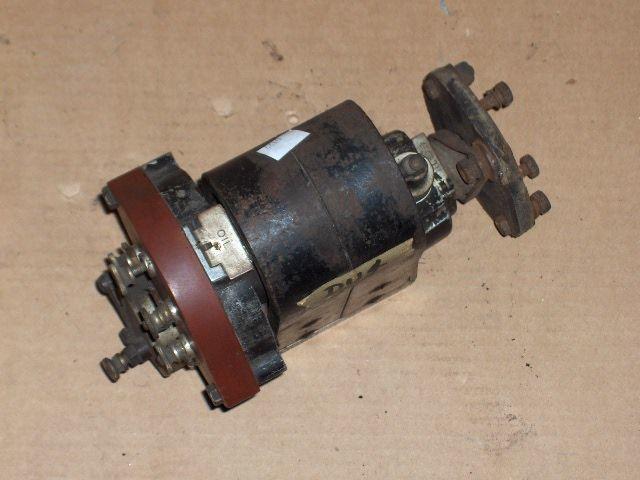
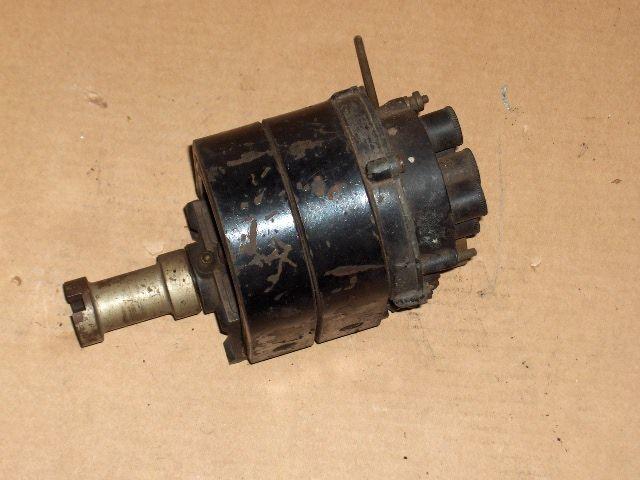
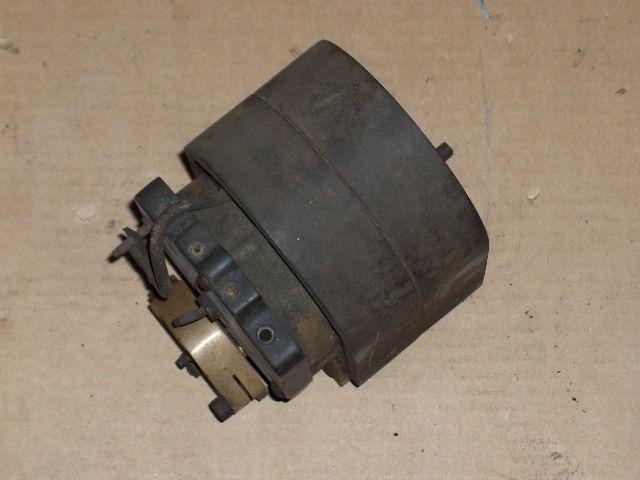

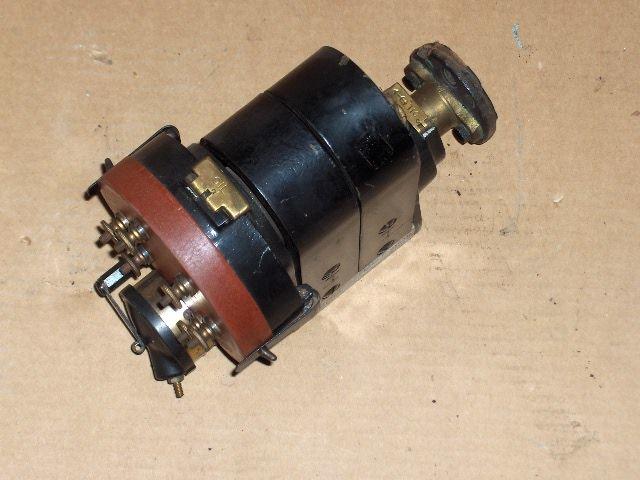
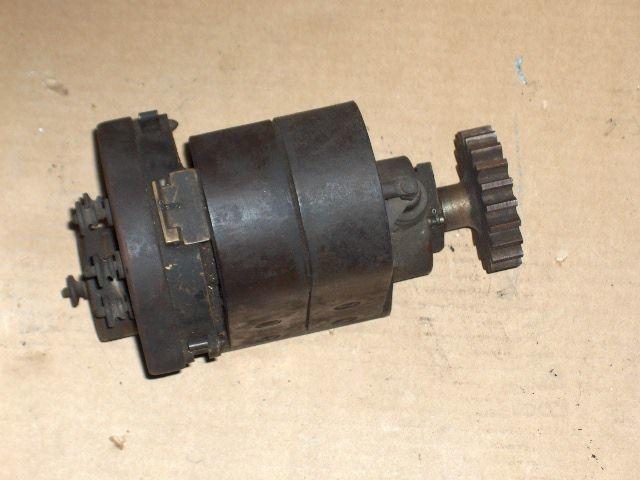


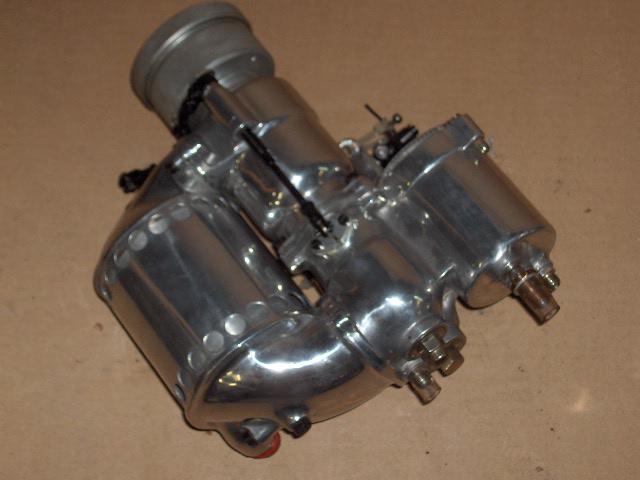
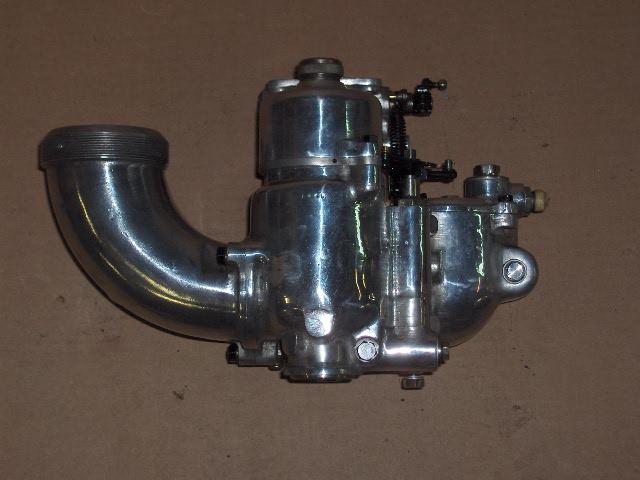


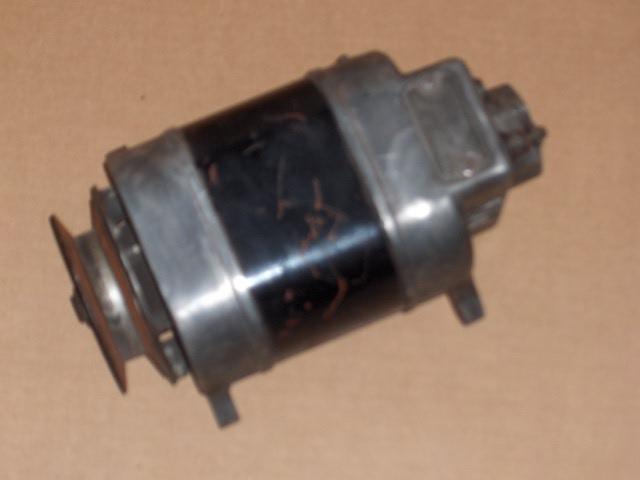

Try LotSearch and its premium features for 7 days - without any costs!
Be notified automatically about new items in upcoming auctions.
Create an alert